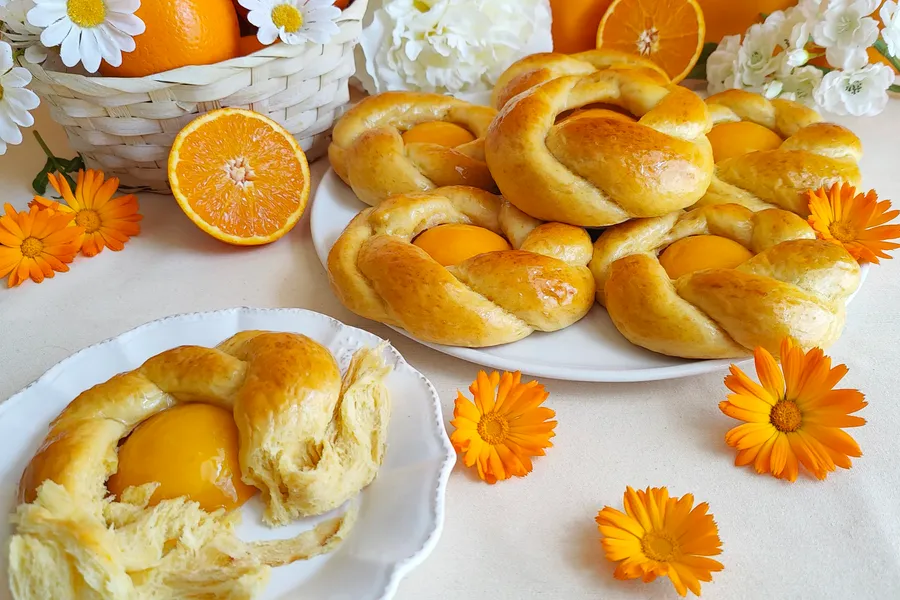
The history of Easter Monas
The mona de Pascua is a traditional sweet that marks the end of Lent and celebrates Easter in various regions of Spain, especially in the Valencian Community, Murcia, Catalonia, Aragón and Castilla-La Mancha. This bun, made with flour, sugar, eggs and yeast, is usually decorated with hard-boiled eggs and, on occasion, with coloured aniseed sprinkles. It is commonly eaten on Easter Sunday and Easter Monday, days on which godparents give this sweet to their godchildren as a symbol of resurrection and renewal.
The origin of the mona de Pascua dates back to ancient European traditions that combined sweetened breads and eggs as symbols of fertility and renewal, seen in countries such as Italy, Greece, Turkey and the Czech Republic. In Spain, we find similar variants such as the Galician rosco de Pascua, the Asturian pegaratas, or the Andalusian hornazo.
The first written mention of a mona de Pascua as such appears in the 15th century, in the book Trobes en lahors de la Verge Maria. It is believed that the term mona comes from the Hispano-Arabic máwna (provision of food). The fact that up until well into the 19th century the Diccionario de la lengua española defined mona as “pr. Val. y Murc. The cake or ring baked in the oven with eggs in their shells for Easter, which in other places is called hornazo” suggests that this term originated in Valencia and Murcia and gradually spread to neighbouring regions.
In the Valencian Community, the traditional mona de Pascua appears in various forms: round, bow-shaped, plaited or shaped like animals such as snakes or tortoises. It is often decorated with one or more hard-boiled eggs, depending on the size, and coloured aniseed sprinkles. Another variant, known as panquemado or toña, is eaten all year round and is characterised by its domed shape and its coarse sugar topping.
In Murcia, monas are round or elongated buns, either with a hard-boiled egg embedded in the centre or without, brushed with beaten egg and sprinkled with coarse sugar. Those from Albacete are very similar but always round and with a hard-boiled egg in the middle. Though if you're like me and unsure what to do with a boiled egg in a dessert, you can substitute it with a peach in syrup, which resembles the egg in both colour and shape but adds a sweet touch to the bun that’s quite delightful.
The tradition of gifting the mona de Pascua has endured for centuries and remains a deeply rooted custom in many Spanish families. Beyond its symbolic value, the mona represents an opportunity to gather and celebrate in community, sharing a sweet that combines history, religion and gastronomy. Despite regional variations and modern adaptations, the essence of the mona de Pascua as a symbol of renewal and celebration remains unchanged.

 albertoimizcoz
albertoimizcoz

